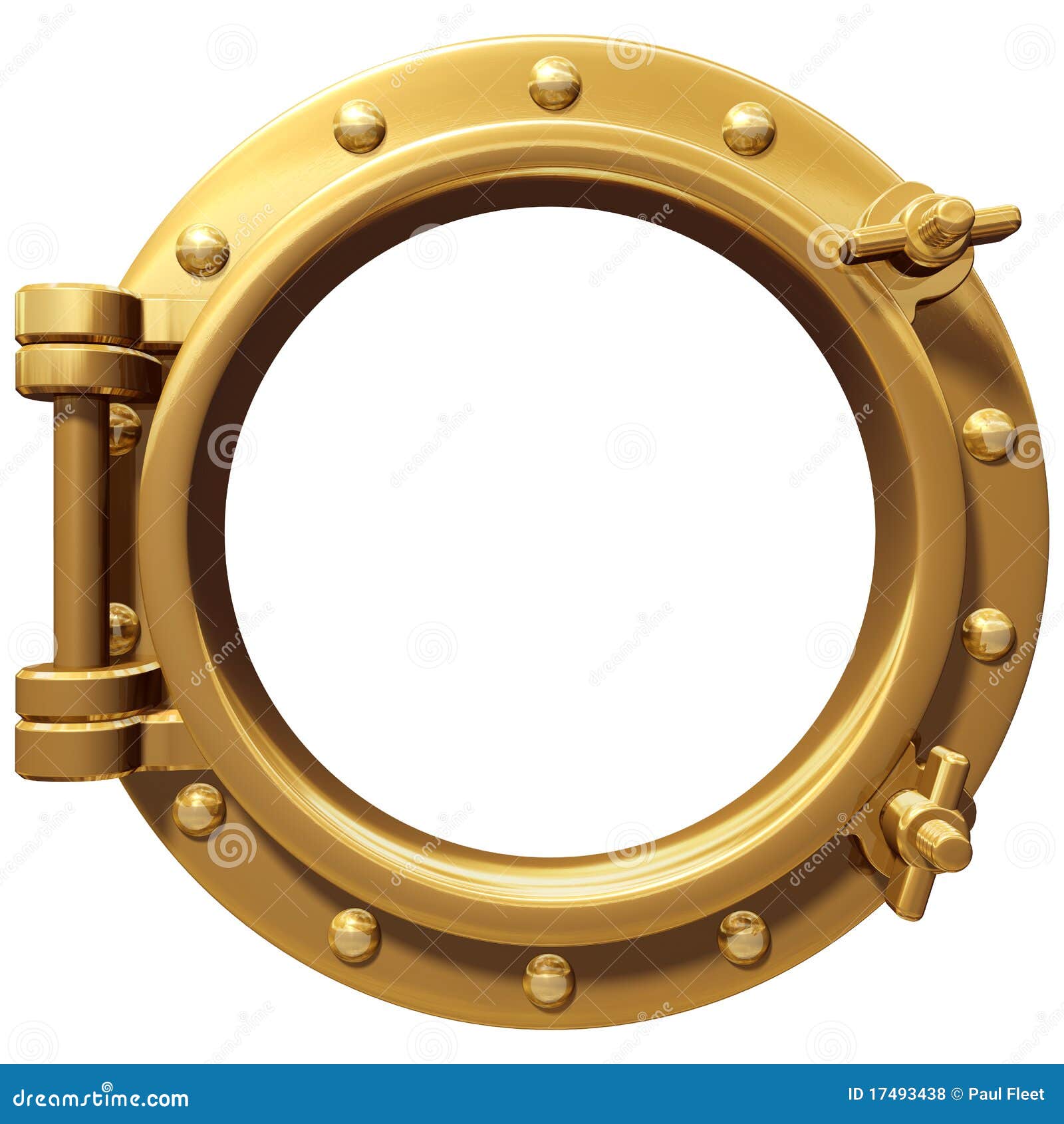

Insufficient pavement thickness to support traffic during freeze/thaw periods without localized failures 2. Potholes may result from four main causes: 1. Serious road accidents can occur as a direct result, especially on those roads where vehicle speeds are greater. If they become large enough, damage to tires, wheels, and vehicle suspensions is liable to occur. Potholes can grow to several feet in width, though they usually only develop to depths of a few inches. In the spring, thaw of pavements accelerates this process when the thawing of upper portions of the soil structure in a pavement cannot drain past still-frozen lower layers, thus saturating the supporting soil and weakening it. In areas subject to freezing and thawing, frost heaving can damage a pavement and create openings for water to enter. Eventually, chunks of pavement between the fatigue cracks gradually work loose, and may then be plucked or forced out of the surface by continued wheel loads to create a pothole. Potholes form progressively from fatigue of the road surface which can lead to a precursor failure pattern known as crocodile (or alligator) cracking. Water weakens the soil beneath the pavement while traffic applies the loads that stress the pavement past the breaking point. The use of the word "sidescuttle" instead of "porthole" is meant to be broad, including any covered or uncovered hole in the side of the vessel.A deep pothole with a nearby patched area on New York City's Second AvenueĪccording to the US Army Corps of Engineers's Cold Regions Research and Engineering Laboratory, pothole formation requires two factors to be present at the same time: water and traffic. It is also used in related rules and regulations for the construction of ships. When closed, the porthole provides a strong water-tight, weather-tight and sometimes light-tight barrier.Ī porthole on a ship may also be called a sidescuttle or side scuttle, as officially termed in the International Convention for the Safety of Life at Sea. It also affords below-deck occupants a limited, but often much needed view to the outside world. On a ship, the function of a porthole, when open, is to permit light and fresh air to enter the dark and often damp below-deck quarters of the vessel.
#Porthole meaning windows
Though the term is of obvious maritime origin, it is also used to describe round windows on armored vehicles, aircraft, automobiles and even spacecraft. Porthole is an abbreviated term for "port hole window". A deadlight is a hinged metal cover which can be clamped over the porthole to secure it in heavy weather.įreebase Rate this definition: 0.0 / 0 votesĪ porthole is a generally circular window used on the hull of ships to admit light and air. The use of the word "sidescuttle" instead of "porthole" is meant to be broad, including any covered or uncovered hole in the side of the vessel. When closed, the porthole provides a strong water-tight, weather-tight and sometimes light-tight barrier.Ī porthole on a ship may also be called a sidescuttle or side scuttle (side hole), as officially termed in the International Convention for the Safety of Life at Sea.

It also affords below-deck occupants a limited view to the outside world.

Though the term is of maritime origin, it is also used to describe round windows on armored vehicles, aircraft, automobiles (the Ford Thunderbird a notable example) and even spacecraft. Wikipedia Rate this definition: 0.0 / 0 votesĪ porthole, sometimes called bull's-eye window or bull's-eye, is a generally circular window used on the hull of ships to admit light and air.


 0 kommentar(er)
0 kommentar(er)
